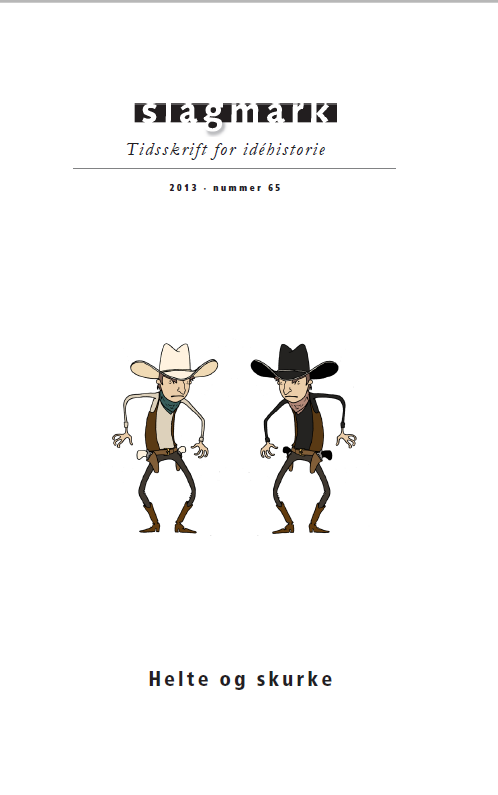Ludvig Holbergs opgør med Antikkens helteideal
DOI:
https://doi.org/10.7146/sl.v0i65.104129Keywords:
Holberg, Plutarch, Oriental and American heroes and villains, flawless statesman, sanctimonious deceiverAbstract
There exists a general agreement that the most precise and extensive definition of Ludvig Holberg’s perception of the historical hero and villain is to be found in his Heltehistorier (Hero-tales) from 1737. Scholars however have never fully agreed on who the heroes and villains of Heltehistorier were. Some focus on certain biographies from which they deduce that Holberg operated with one single type of hero. This article indicates that Holberg did not limit his definition of a hero to one specific archetype. His intention was to dispute the classical hero figure, and instead present a series of different types of hero but also villain. Heroes could excel as: gracious warlords, flawless statesmen or philosophers, while the villains were portrayed as sanctimonious deceivers or merciless avengers. Heroes could also possess vices and villains virtues. Whether their attributes were good or bad was always assessed in relation to their cultural and historical heritage.





